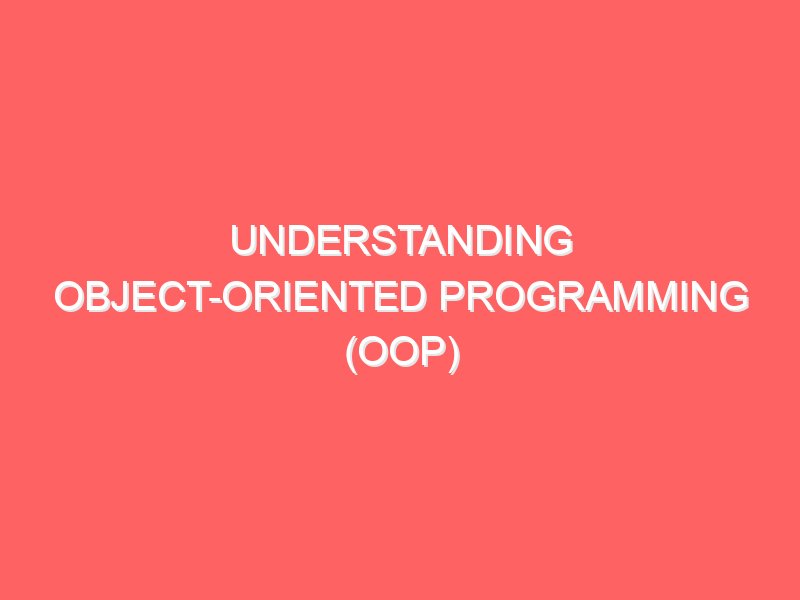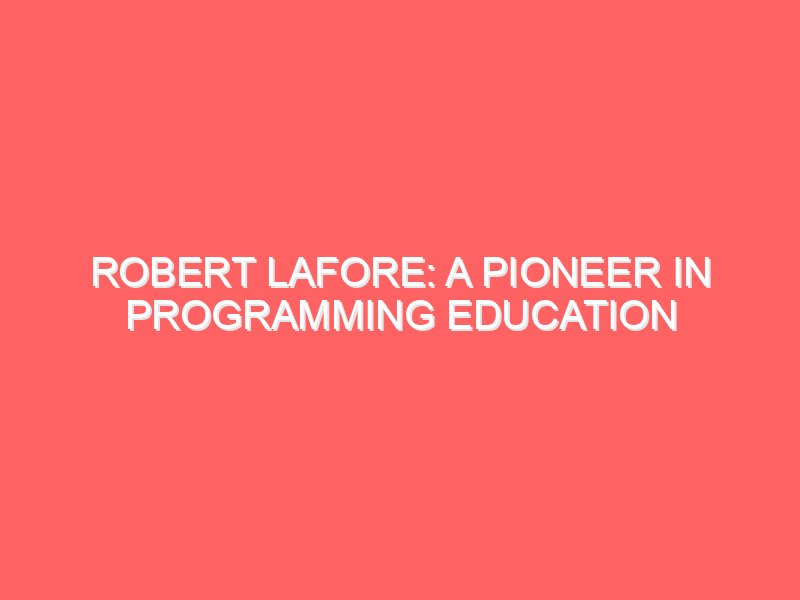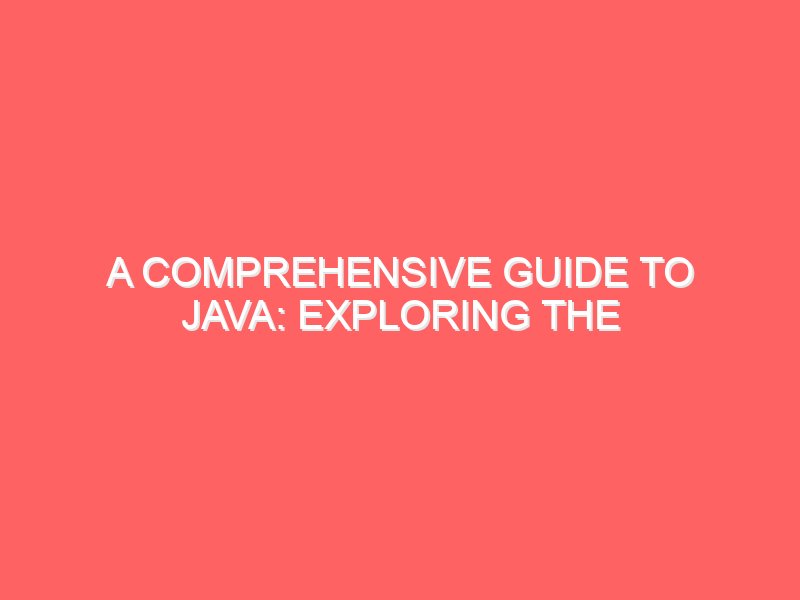Understanding Object-Oriented Programming (OOP) in Python
Hello! Are you ready to learn about Object-Oriented Programming (OOP) in Python? That’s fantastic! OOP is a way to organize your code that makes it easier to manage and reuse. In this blog, we’ll explain everything step-by-step, using simple English. By the end, you’ll understand the key concepts of OOP and how to use them in Python. 1. What is Object-Oriented Programming? Object-Oriented Programming (OOP) is a way to organize your code by grouping related properties and behaviors into objects. Think of objects as things in the real world – like your phone, car, or dog. Each object has properties (attributes) and behaviors (methods). OOP helps you create code that mimics real-world objects. 2. Basic Concepts of OOP Before we start coding, let’s understand some basic concepts of OOP. Classes and Objects For example, if we have a class called Dog, it can have properties like name and age, and behaviors like bark. Methods Inheritance Polymorphism Encapsulation 3. Creating Classes and Objects in Python Let’s create a simple class in Python to understand how classes and objects work. In this example: 4. Understanding Methods in Python Methods are functions that belong to a class. They define the behaviors of the objects created from the class. Here, the bark method prints a message that includes the dog’s name. 5. Inheritance in Python Inheritance allows a new class to use the properties and methods of an existing class. In this example: 6. Polymorphism in Python Polymorphism allows objects of different classes to be treated as objects of a common parent class. This will output: Even though Dog and Cat are different classes, they can both be treated as Animal objects. 7. Encapsulation in Python Encapsulation hides the internal details of an object. In Python, you can use underscores to indicate private attributes and methods. Here, _name and _age are private attributes, and we use methods get_name and get_age to access them. 8. Practical Examples and Use Cases Let’s look at a more practical example of using OOP in Python. In this example: 9. Conclusion Congratulations! You’ve learned the basics of Object-Oriented Programming in Python. We’ve covered classes, objects, methods, inheritance, polymorphism, and encapsulation. With these concepts, you can write more organized and reusable code. Keep practicing, and you’ll become more comfortable with OOP in no time. Happy coding!
Understanding Object-Oriented Programming (OOP) in Python Read More »




